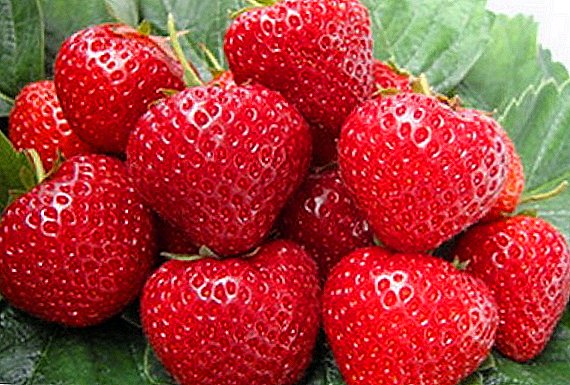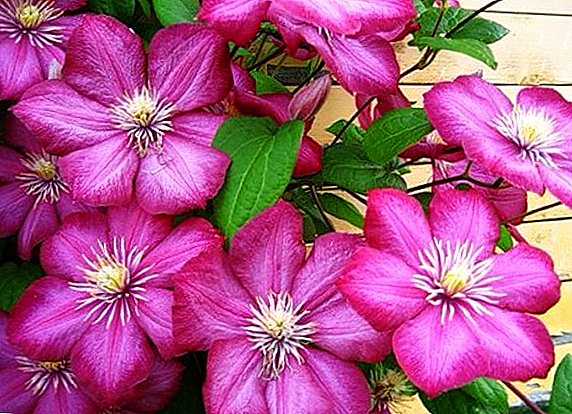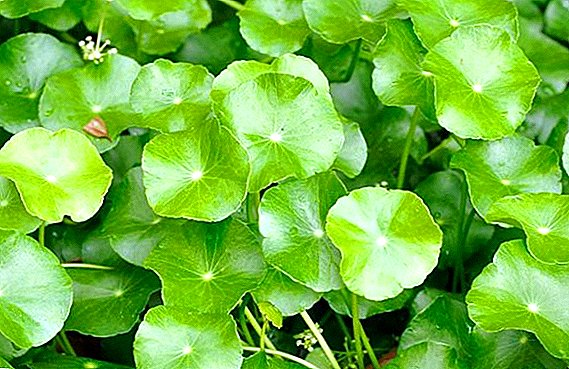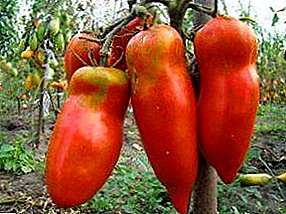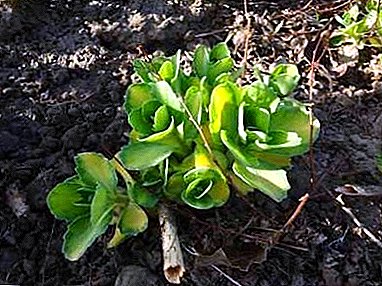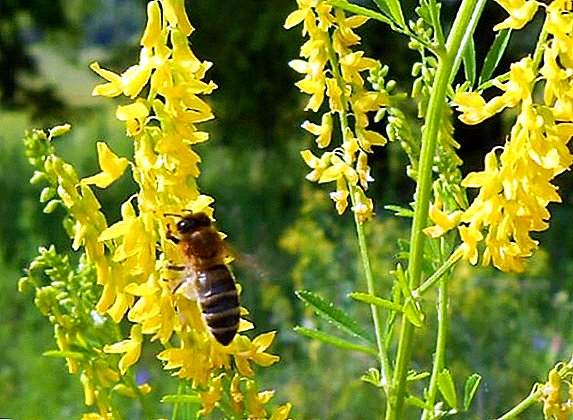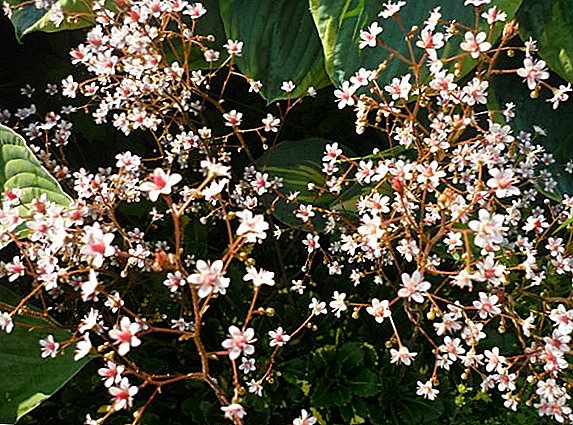 Saxifrage is a perennial plant that prefers rocky mountainous terrain to live. Five-petalled flowers, white, pink and yellow, usually collected in umbrella inflorescences. Widely known for its healing properties, the plant is often used in landscape design.
Saxifrage is a perennial plant that prefers rocky mountainous terrain to live. Five-petalled flowers, white, pink and yellow, usually collected in umbrella inflorescences. Widely known for its healing properties, the plant is often used in landscape design.
The chemical composition of saxifrage
 The composition of saxifrage includes many trace elements, pigments, vitamins, as well as organic matter: saponin, coumarin, alkaloids, flavonoids, fatty and organic acids, glycosidic and triterpene compounds, essential components. Cellular juice is rich in mineral salts.
The composition of saxifrage includes many trace elements, pigments, vitamins, as well as organic matter: saponin, coumarin, alkaloids, flavonoids, fatty and organic acids, glycosidic and triterpene compounds, essential components. Cellular juice is rich in mineral salts.
The healing properties of saxifrage
The therapeutic properties of saxifrage are due to its diverse chemical and organic composition. The plant has analgesic, sedative, anti-infective, bactericidal, anti-inflammatory and anti-febrile properties.
It is believed that the healing herb in small doses increases lactation in women, frostbite is treated with lotions, and saxifrage decoction removes fever.
Important! If you plan to grow the stoneworm from seeds, hold them for two months in the cold. This process is called stratification.
Collection and storage of therapeutic raw materials from saxifrage (leaves, roots, seeds)
 As a medical raw material, all parts of the plant are used: leaves, stems, seeds and roots. Harvesting of leaves and stems produced in May. The collected material is dried in the shade, then crushed.
As a medical raw material, all parts of the plant are used: leaves, stems, seeds and roots. Harvesting of leaves and stems produced in May. The collected material is dried in the shade, then crushed.
Juicy leaves can be frozen for the winter. Ripe dried brownish seeds are harvested at the end of summer. The roots of the plant are dug out in early spring or late autumn, washed, crushed and dried in a ventilated room.
Dry therapeutic preparations of saxifrage are stored in glass containers in dark places. When collecting raw materials, it is important not to confuse the stonegrass with poisonous plants that look alike. From one shrub of saxifrage, raw materials are collected, not exceeding 80% of its total mass, which will allow the plant to recover.
Did you know? Having fed a saxifrage cow, you can significantly increase the milk yield.
The use of saxifrage in traditional medicine for various diseases
Long since people used drugs from saxifrage for their treatment. The most popular infusions of roots, seeds and leaves, root decoctions, as well as juice, squeezed from saxifrage. Consider a disease that helps to heal a healthy plant.
Hypertension
Recommended for the treatment of hypertension two handfuls of dry leaf powder insist two weeks in 500 grams of vodka. Take 30 ml if necessary. Chewing fresh leaves twice a day for two weeks is also effective.
Ulcers and Boils
Get rid of the abscess or boil will help applied bandage, soaked with sap of the plant, or leaves crushed before the appearance of the juice. This popular recipe for the use of saxifrage gives a quick result.
Cough, tonsillitis and asthma
Diseases such as cough, tonsillitis and asthma are treated drinking kammelomki tea with honey. For tea 1 tsp. roots with a glass of water bring to a boil and cool. Take the healing drink you need three times a day. 
Important! The saxifrage can be grown at home in a flower pot, with the annual transplanting into a fresh, earthy substrate.
Stones and sand in the kidneys
You can clear the kidneys of stones and sand using stonework infusion. It is prepared from a mixture of 1 tbsp. l roots and glasses of water, which is boiled for a quarter of an hour. Infusion should stand at least 3 hours before use. It is recommended to take a third cup of this infusion 3-4 times a day.
Otitis
The saxifrage relieves the pain of otitis, for this purpose a lotion of fresh plant juice is applied to the ear or a piece of cotton soaked with juice and introduced into the auditory opening.
Anesthetic
Folk healers are advised to take kammelomki infusion 4 times a day after meals as a painkiller. Infusion of 1 tbsp. l dry leaves pour a glass of boiling water and heat a quarter of an hour in a water bath.
Stomach ulcer
Saberweed will help with stomach ulcers if the appropriate diet is also followed. To do this, 30 grams of leaves is poured with a glass of hot water and infused for an hour. This healing drink is taken half an hour before meals in the morning and evening for half a glass. Regular use of freshly squeezed juice of saxifrage will speed recovery.
Did you know? Seasoning from the roots of saxifra can diversify the taste of meat dishes.
Contraindications to the use
 Studying the various healing properties of the plant, it becomes obvious the use of saxifrage for the human body. With the right approach, you can cure many ailments. Reception of preparations of this plant should be carried out after consultation with the doctor, their reception children under two years old and pregnant women are prohibited.
Studying the various healing properties of the plant, it becomes obvious the use of saxifrage for the human body. With the right approach, you can cure many ailments. Reception of preparations of this plant should be carried out after consultation with the doctor, their reception children under two years old and pregnant women are prohibited.
Bradycardia and thrombosis are contraindications for the use of decoctions and infusions of saxifrage. Plant can cause allergic reaction in some people.
Plant unpretentious in the care of saxifrage in your garden or in the conditions of an apartment in a flower pot. This will allow you to have a healer on hand who will always help in case of illness and will delight you with pretty flowers.



